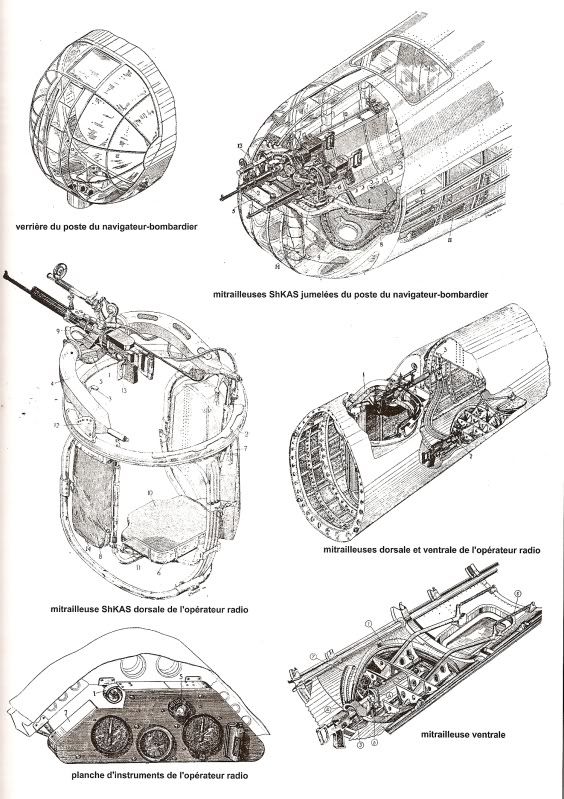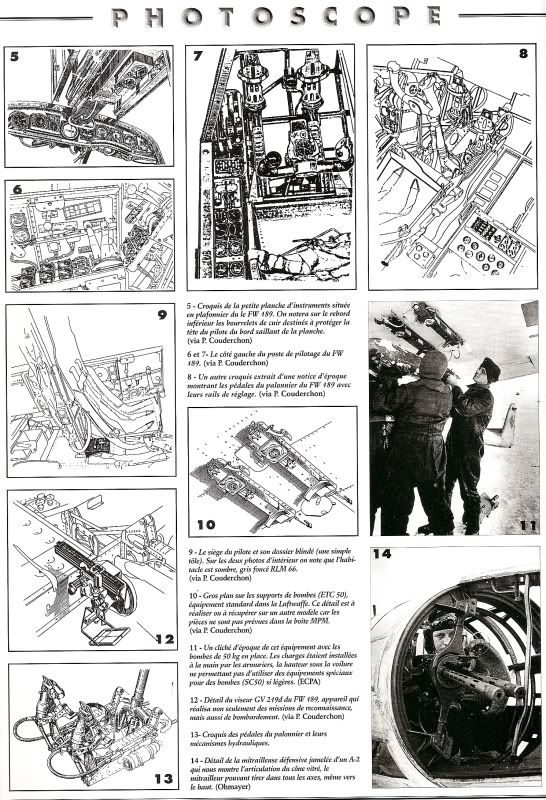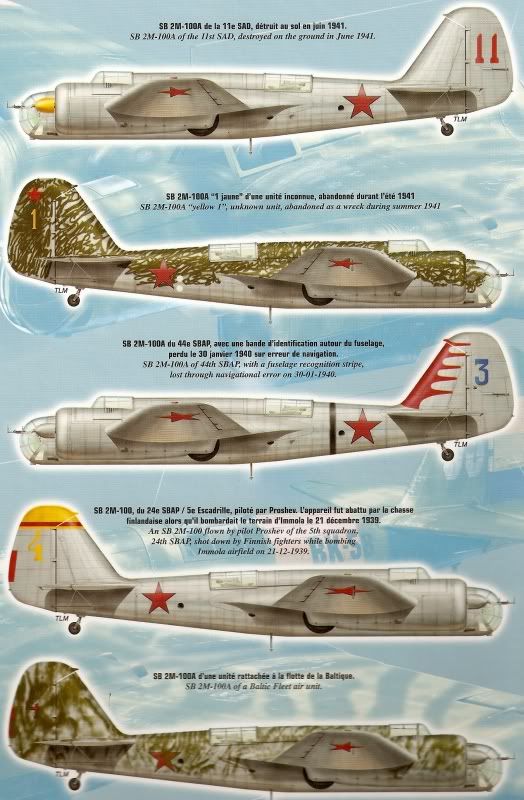Check out this insanity:




Check out this insanity:




I love it!
Doesn’t look like he painted the turret tops in any color on the BB’s…
Doh! And after all of that research!
I am really very impressed with the diorama. A masterpiece of research and hard work.
My late father was stationed at Pearl Harbor at the time of the Japanese attack and witnessed the action. At that time, he was a communications lieutenant under Commander Maurice Curts. Dad maintained that Admiral Husband Kimmel, who was Commander in Chief of the Pacific Fleet, and Army Lieutenant General Walter Short, were made scapegoats to protect their superiors and the Roosevelt administration in their failure to take seriously the intellegence reports of the possibility of a a surprise Japanese naval destruction of the American fleet. My father was disgusted that the careers of these two honorable men were permanently ruined to protect the reputations of others. He had nothing but contempt for President Franklin Roosevelt, who did nothing to exonerate the disgraced admiral.
Montani semper liberi Happy modeling to all and every one of you.
Crackers, Jerome, Idaho
Good idea for a GB…
(impressive!)
Considering that the display was completed roughly fifteen years (1991) before the turret top colors were known…
Why was that fact unknown for so long?
Good question… link with some info on turret colors
It was known, but nobody seemed to ask any of the survivors, apparently. They knew.
And I thought 1/700 was small … Wow. Just … wow …
It was known, but nobody seemed to ask any of the survivors, apparently. They knew.
No, they really didn’t… or at least, very few did. I myself asked a couple of marines who were stationed either on the bridge (admiral’s guard/aides) or up in the fighting tops of a couple of battleships and they didn’t remember anything specific… most sailors never made it high up enough in the ship to look down on the turret tops, and they had whole years of service on the ship for details to blend in to. And if one says yes, but ten say no, who do you trust?
No one really knew before because the documentation hadn’t been found or widely spread until at least December of 2006, when Don’s Arizona was unveiled at the Arizona Visitor center. People had ASKED before, but various answers were given, such as different cloud cover, turret top shape, etc. In retrospect it’s apparent, but before hand it was hard to say that shadows and sunlight WERE NOT the cause, or what the colors might be.
Dana Bell is coming out with a book that will cover a lot of the details of these colors for battleships as well as cruisers over the years. I’ve read a proof copy and think it’ll be an excellent resource for both airplane and ship modelers for many years.
I am just saying that some poor ol’ squids painted the daggone things and they sure as heck would have remembered doing it. They didn’t all just die off (well maybe most have by now). And what about the navy guys who worked in spaces above the turrets like signalmen or the bridge crews? They would naturally have noted the gaudy colors on the turret tops. And don’t ever ask a marine about ship details! They just don’t give a … umm! Hoot!.. yeah, that’s it… about the ship, that’s for sailors. I’ve worked on the bridge of various ships and I know there is a very large turnaround of personnel who work up there. All of the officers (except maybe some engineering types, and some non-line officers) have to be indoctrinated as conning officer, junior officer of the deck and officer of the deck, then there are quartermasters, aforementioned signalmen, lookouts, boatswain mates and deck seamen all stand watches in those lofty spaces. Then there are gunner’s mates and others who get up there to perform maintenance. And for sure, every guy who got the chance on off duty hours, would climb up there just to have a good look and get some fresh air. There isn’t anywhere else to go. Stop talking to Jarheads (no offense to you Marines intended, as a former squid, you have to expect that from me) about the boat, it’s just a ride to them.
I have no reason to question that the turrets were painted in these measures…but for some reason my gutt tells me they weren’t…I’m skeptical by nature of the bright and gaudy colors we have assigned to war machines in WW2…it has come to light in many circles, for example, that many of the bright, colorful schemes and insignia assigned to many German tanks in WW2 were not as bright and colorful as once thought…
small blurb from the web link I cited above:
Turret top colored markings on cruisers and battleships at the time of the attack on Pearl Harbor..
From the time that aircraft were first carried on ships there was a problem for the aviators. How to identify their parent ship from the air?
Note the following photo in the inset. Pumping out the California (BB-44) after installation of a cofferdam along her bow’s port side, while she was under salvage at Pearl Harbor on 27 February 1942.
Note that her turret is trimmed with paint.
Aircraft carriers have a distinct appearance, and early USN ships carried identification letters on the flight deck. But catapult launched scout planes still had a problem. By the time aviation scouting and observation squadrons became an integral part of the fleet in the late 1930s a system was devised to help pilots pick out their own ships. It was based upon the colorful squadron livery that also adorned the aircraft at that time. Squadron identification colors were painted on the tops of the forward turrets of the cruisers and battleships that carried scout planes. Individual sections were assigned to specific ships, and a section color was carried on an after turret to provide positive identification.
In 1938 the battlehips carried colors on “B” and “Y” turrets, but from 1939 to 1941 this was extended to include “A” turret also. The color codes were in use at the time of the Japanese attack on Pearl Harbor and can be easily seen on several photographs. The bright identification colors were gradually painted out in the early months of 1942. Squadrons assigned to battleships were used primarily for observation to assist gunnery and were designated as Observation Squadrons using the initials “VO” (V for heavier than air aircraft, O for Observation). Cruisers carried the same type of aircraft, but the planes were used for scouting as well as observation. The squadrons assigned to the cruisers were called Scouting squadrons and used the letters “VCS” for identification (CS for cruiser scouting). Each Battleships Division and each cruiser division had its own squadron. In the days prior to World War II the aircraft of all squadrons were painted with distinctive colors. The following colors were in effect prior to the Pearl Harbor attack: